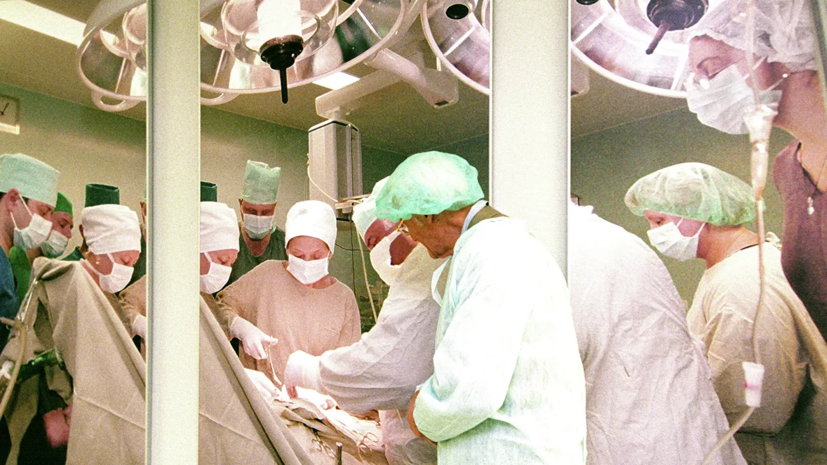So, over the past year, 27.1 thousand people died from neoplasms in the capital.
In St. Petersburg, 13.7 thousand deaths from neoplasms were recorded, followed by the Moscow region (13.4 thousand), Krasnodar Territory (10.3 thousand) and Sverdlovsk Region (10.2 thousand).
The smallest deaths were recorded in the Nenets Autonomous Okrug (66 people), Chukotka (67 people), Ingushetia (249 people), the Magadan Region (275 people) and the Republic of Tyva (359 people).
In total, 295.5 thousand deaths from neoplasms were recorded over the past year, which is 6.7 thousand more than in 2018 (there were 288.8 thousand).
The largest increase in the number of deaths from neoplasms was recorded in the Nizhny Novgorod region (856 people died more than last year), in the Krasnoyarsk Territory (634 more), in St. Petersburg (624 more), in the Krasnodar Territory (more for 554 people) and in the Saratov region (for 534).
According to Andrei Kaprin, chief oncologist of the Russian Ministry of Health, director general of the Research Center for Radiology, the increase in the number of deaths can be explained by an improvement in the detection of such diseases.
“Apparently, we are talking about the fact that the number of patients has simply increased in connection with screening programs. Previously, these patients, perhaps, would have died from other causes, but now we have begun to identify more. Therefore, whenever a screening program is introduced, one should not expect a drop in mortality for several years (more than five years), ”he explained.
Earlier, the Research Institute for Long-Range Radiocommunication talked about the development of a hardware-software complex with which it will be possible to remotely diagnose cancer and autoimmune diseases.

